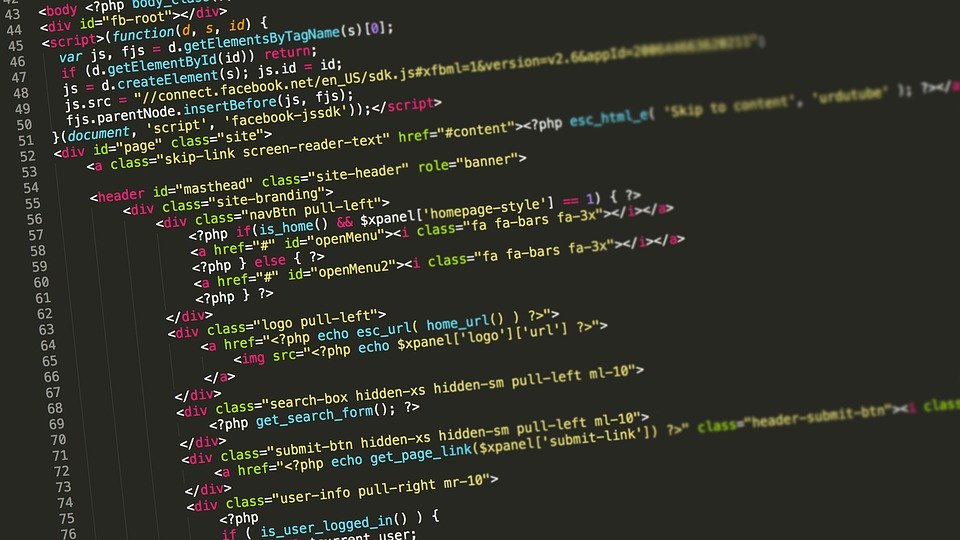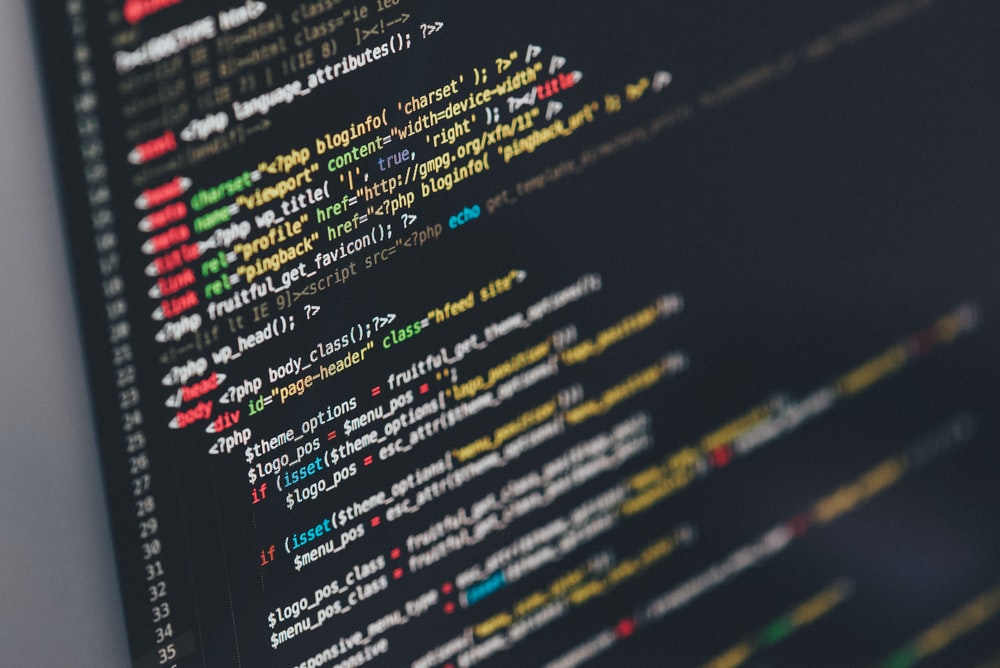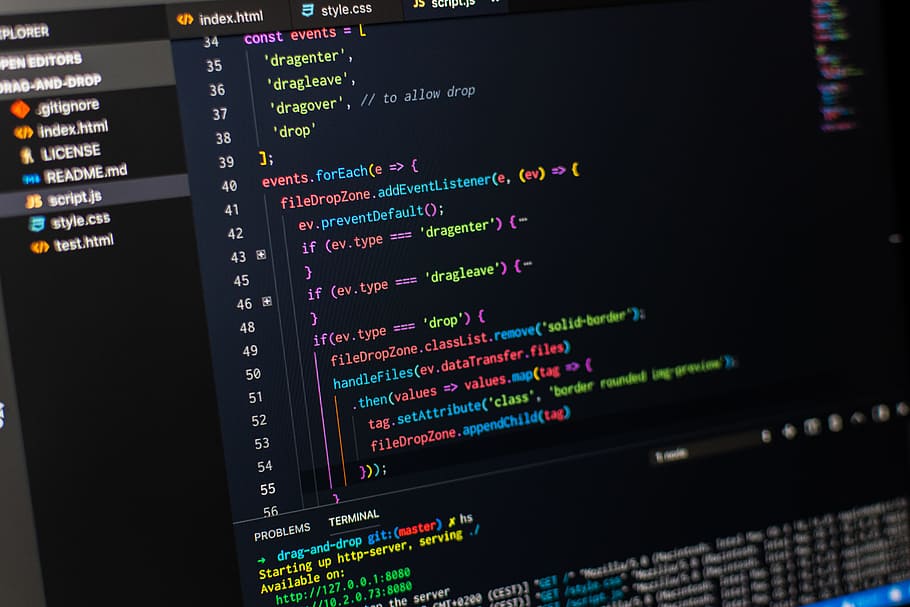Parsing Command Line arguments
Parsing Command Line arguments allow both the user and other programs to run the Python file passing it data as it starts. Learn more here. Most command line tools rely on arguments passed to the program upon its execution. Instead of prompting for input, these programs expect data or specific flags (which become booleans) to … Read more












